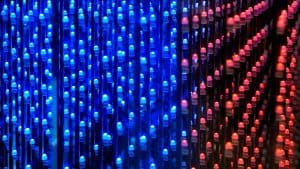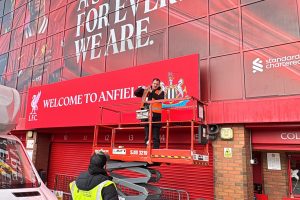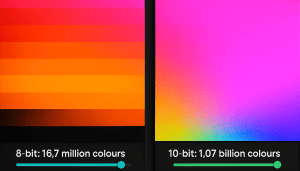LED Screen Myths Busted
Televisions, desktops, laptops, mobiles, tablets, and so many other optical electronic devices are made up of display panels. The primary function of display is to produce a visual signal, which is perceived as pictures by the human eye. Different technologies evolved at different times pertaining to this particular display technology.
Earlier, cathode ray oscilloscopes were used to send an electron beam which used to light up the fluorescent screen. Then came LCDs which used a backlight panel to lighten up the pixels. This backlight was earlier made up of CCFLs or cold carbon fluorescent lights.
Over the years, it was observed that CCFLs consumed more power and its lifetime was less. The brightness started to get lower as years passed and soon these displays reached a point of replacement. This is where LEDs came into the forefront.
LED panels are far more efficient and robust. But how many people do actually know about the incredibility of this new technology? Maybe, a handful of them.
That’s the reason why innumerable myths are prevalent when it comes to LED screens. More than half of the population is still living in the dark, unknown of the realities.
LED Facts – the Truth Behind the Myths
If you are one of them who are still stumbling in the unknown, then here is a confrontation of LED myths, facts and the LED realities.
Myth #1: LED Displays Are Costly
However, this might not be true every time. After all, not all five fingers of a hand are same, isn’t it?
This is why judging the cost of LED displays based on some pre-set prejudices is a complete thoughtlessness. LED might be costly, but it turns out to be nothing less than an investment.
Even if they take out a bit more money from your pocket, LED screens last much longer than the normal TVs. So, you won’t have to replace them too soon.
Myth #2: LED Brings Out Only Blue Light
For a layman, who doesn’t know the optical science in depth, this particular myth is easily acceptable. However, the real scenario is a little different. The first LED color, which was manufactured was blue, indeed.
However, over the years, LEDs are being produced in different color spectrums. And now, using the phosphor technology, white LEDs are also there in the market.
Myth #3: Smaller the Size, Lesser the Brightness
This is another myth that runs out there. People perceive that if the LED size is smaller, it will produce less brightness. But, have you ever paid attention to a custom LED display, or to your phone’s LED display?
The truth is, LED panels are used in concentrating the light over a wide area. In fact, each LED has an angle of the specification, which determines the light intensity, and the angle over which the light will diverge. So yes, the size of the display doesn’t have to any role to play in this aspect.
Conclusion:
A custom LED screens is nowadays usedin many areas, including TVs, desktops, phones, and even in the panel lights. The growing LED industry is making it possible for every section of the population to be aware of this new technology. So, debunk the myths that you may have and start using this progressive technology for the better outcome.





